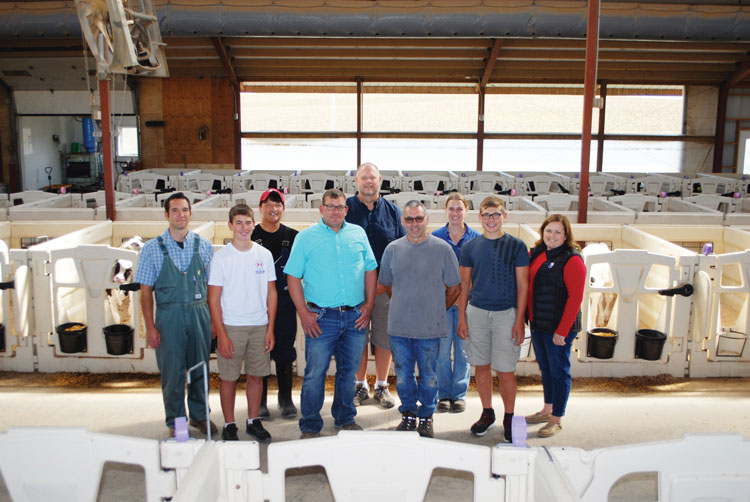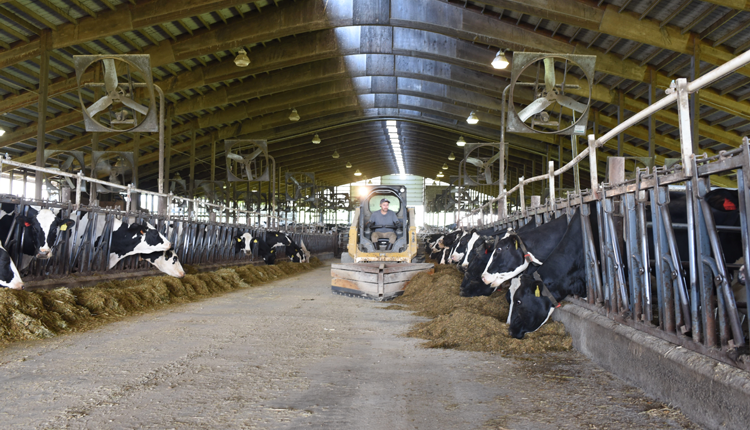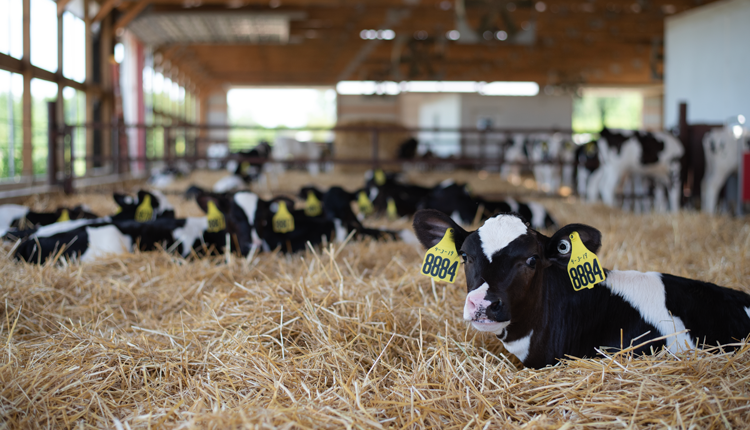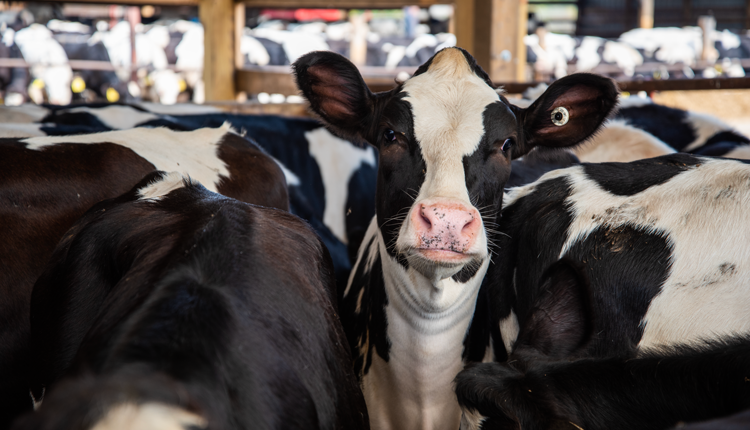
We utilize Dairy Comp 305 for our record keeping and record health events weekly,” said Andy Fisher of the importance of herd health records. “Even with our overcrowded pens, we have under 2% retained placentas (RPs) and less than 1% milk fever. We have not had a displaced abomasum (DA) in the herd in close to two years,” the Reedsville, Wis., dairyman went on to say. “Animals with any health event at calving are monitored closely to be sure we get them pregnant on time. Also, heats and breedings are entered daily by the breeder,” said Fisher, whose herd was one of six to win Platinum honors in the 13th annual Dairy Cattle Reproduction Council’s award’s competition.
“Additionally, we also save all of our presynch-ovsynch lists and refer back to them when necessary,” said Fisher, who farms with Tom and Jean Tienor. “Often times, we record notes about the weather, temperature, feed or diet changes, or if a cow bleeds off early in a program. This information is valuable when determining trends and correlations. In Dairy Comp 305, we also use “Bredsum” reports to evaluate performance of natural heats versus synchronization.”
All six of this year’s Platinum winners of the Dairy Cattle Reproduction Council’s awards share additional insight in this Hoard’s Dairyman Intel as well as the Round Table found on pages 675 to 678 of the November issue of Hoard’s Dairyman. This year’s competition drew the second-largest set of nominations to date — 107.
Here are additional responses to the question, “Describe your record keeping.”
Davis Family Dairies, Nicollet, Minn.: Our dairies use Dairy Comp 305 for cow management, and the breeders enter the breeding information daily when they finish. This information is essential to accurate vet check lists.
Hendriks Dairies, Brucefield, Ontario: All heats, synch programs, and breedings are recorded into Dairy Comp 305 on the computer or via mobile app by Tyler Hendriks. For visual simplicity, we also keep track in real time on a whiteboard in the office. Synch programs are started every Tuesday. If a cow isn’t fit, or is in heat, it is bumped a week on the whiteboard and restarted.
High Noon Dairy, Hereford, Texas: All records are kept on Dairy Comp 305. The breeders are responsible for all daily data entry.
Holmesville Dairy, Argyle, Wis: Tim Heiring does all the record keeping for the A.I. work and will enter it into our Dairy Comp 305 software. All herd health results are entered by the herdsman. The Dairy Comp 305 program will provide action lists for ovsynch protocols along with breeding records for the breeder to have with him while walking the cows.
Patterson Farms, Auburn, N.Y.: Our on-farm dairy management software is Dairy Comp 305. We have specific people who enter the fresh cow information. Every breeding entry is the responsibility of the person doing the insemination. We enter all the presynch and ovsynch injections. And herd check is entered immediately after the ultrasounds have been completed. Also, all treatments and vaccinations are recorded.
All reproductive protocol lists and vaccinations are automatically printed each week at the same time to keep things simple and consistent. Without proper data entry and accurate records, we would not be able to achieve the reproductive success we have been getting.
This Hoard’s Dairyman Intel article is part of a three-part series detailing top reproduction tips from the Platinum winning herds for the 13th annual Dairy Cattle Reproduction Council (DCRC) awards competition.
Click below to view previous reports from this DCRC series:
Fresh cow problems begin in the dry period
Headlocks and heat abatement improved A.I.








